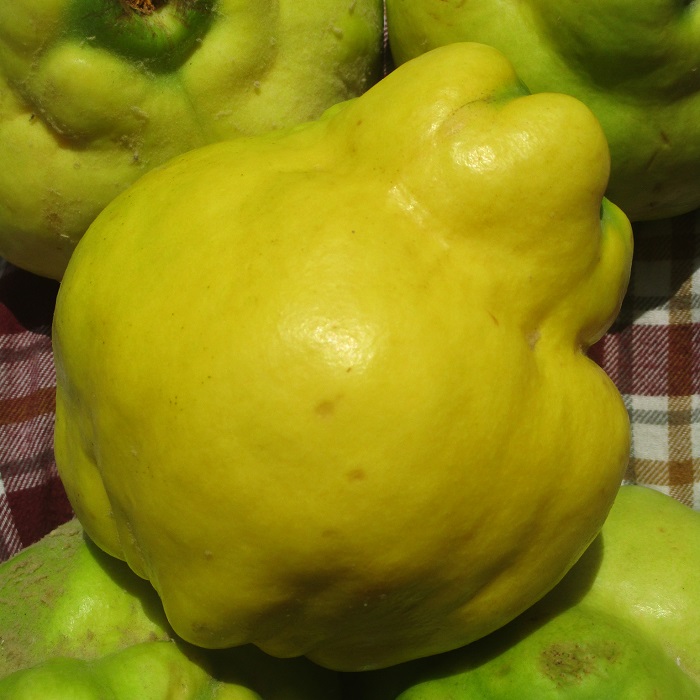UNITED STATES—Dates, coconuts, acai berries and palm oil grow on palm trees. All are rare in local home gardens. The palms that are popular in much of California are almost exclusively ornamental. Very few of them produce useful fruits. Despite the similar pronunciation, such palms are not at all related to pomes. Some of the more familiar fruits happen to be pomes, which are also known as pommes.
Apples and pears are the most popular examples of pomes. Quinces, which were very popular decades ago, are now rare. Quinces are so closely related to pears that they work well as dwarfing understock for home garden pear trees. (Orchard pear trees use other understocks that are not dwarfing.) Actually, most quince trees grew secondarily from roots of dead or removed pear trees.
Saskatoons (serviceberries), chokeberries (aronias) and medlars are locally rare pome fruits that are slowly gaining popularity. Productively fruiting cultivars of loquat are now more available than those that were primarily ornamental. Some flowering quinces may produce a few small fruits. Mayhaws and mountain ashes (rowans) are berry-like pomes that are more familiar in other regions.
This is the middle of apple and pear season.
The earliest cultivars of apple might be in season by late July, before stone fruit season finishes. (Some peaches, the largest of the stone fruits, ripen in September!) The latest will be ready in late November, at least a month into citrus season. Pear season extends from August into October. So, this is the middle of apple and pear season. Most but not all other pomes are already finished.
Like stone fruit trees, the trees and shrubs that produce pomes need very specialized pruning while dormant through winter. Without annual pruning to enhance structural integrity and concentrate resources, apple and pear trees are unable to support all of their fruit. Shrubby quince trees become thickets without pruning for grooming and confinement. Although, they may not need it annually.
Highlight: Quince
The function of this formerly popular fruit tree has changed significantly to adapt to modern horticulture. The big but hard fruit of quince, Cydonia oblonga, is less perishable than the firmest pears or apples. Without canning or freezing, it lasts through winter in cool cellars. It also provides pectin for jellies of fruits that lack it. However, quince fruit is too hard to eat fresh, so should be cooked.
As food storage became less important, quince became less popular than more flavorful apples and pears, which are edible while fresh. Pectin is obtainable from apple cores and skins, or from supermarkets. However, quince are not completely absent from home gardens. They are now the unseen, but common dwarfing understocks that limit the size of pear trees for suburban gardens.
The big lemony yellow fruits that are ripening now may look like very lumpy pears or apples. The largest sorts get as big as small cantaloupes. Developing fruit and new foliage are distinctly fuzzy. It is easy to polish fuzz off of alluringly aromatic mature fruit. New spring foliage mostly obscures delightfully pale pink flowers. The deciduous rounded leaves are two or three inches long.
The biggest of quince trees might get as high and wide as 20 feet. Fruiting quince are very different from flowering quince.
Horticulturist Tony Tomeo can be contacted at tonytomeo.com.






